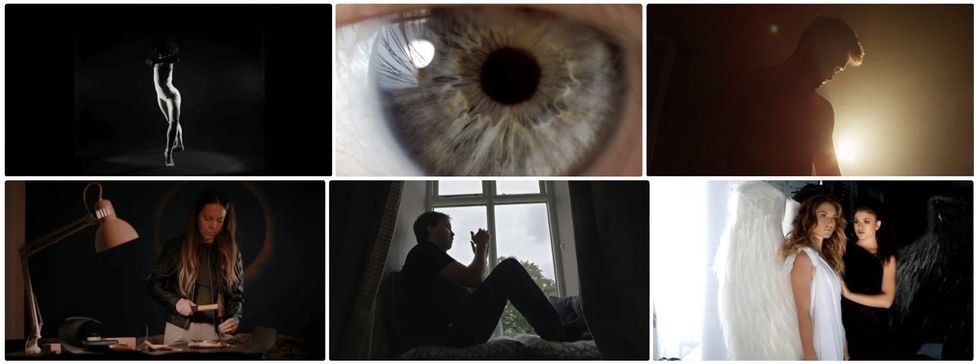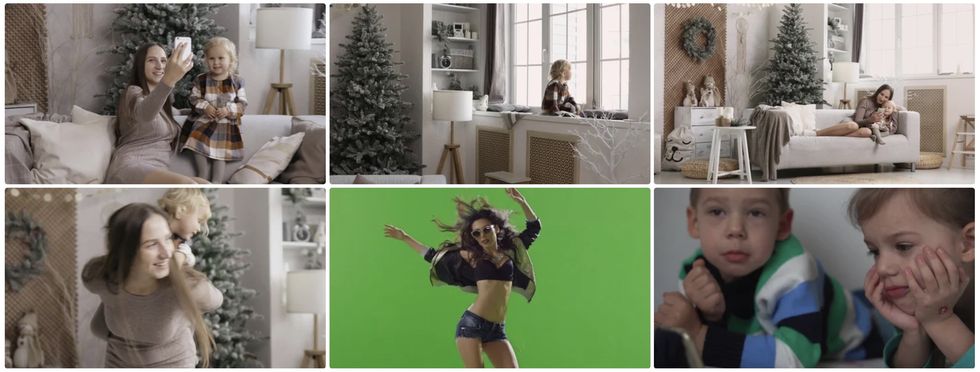How To Match Stock Footage To Cinematic Lighting
You have a beautiful film with gorgeous cinematic lighting. So what do you when you need some stock footage to match?
No matter how well you plan a project, one thing will always ring true. Nothing ever goes to plan and filmmaking is as much about problem solving as it is anything else.
Picture this: You took a great script, planned out every frame and lighting setup, and ensured every penny you spent showed up on screen. But now, you're sitting in the edit and realize you'll need some stock footage to really bring your vision to life.
But how do you find the right stock footage to match your cinematic lighting? First, we have to talk about what cinematic lighting means.
Cinematic Lighting
While there are a myriad of rules to follow when it comes to lighting for film and television, the most common one all creatives learn is three-point lighting. This includes:
- The Key Light
- The Fill Light
- and The Backlight
Now, here is where things get kind of fun. Your Fill Light can be almost anything. It can be an actual fixture that produces light, a bounce board that reflects the light from your key, or even something called Negative Fill, which reduces the amount of light opposite your Key Light. Negative Fill is important to master because it allows you to increase your Contrast Ratio by "removing" light.
Finding The Right Stock Footage
So, now you have an idea of how to construct cinematic lighting utilizing a three-point lighting setup. But what if you had to find some stock footage to match the lighting in your project? What do you do?
Well, you have to start by looking at your shadows. Let's use stock footage from Shutterstock as an example.
If your project has a lot of contrast between your Key and Fill lights, you have high-contrast lighting. This is also called low-key lighting, defined by dark shadows and high contrast.

Here's what we found when searching for high-contrast stock footage.
Shutterstock
When searching for stock footage to match, make sure your shadows are nice and dark and don't share the same exposure as your key light. While you can do some color correcting in post to match color temperature and overall exposure levels, you can't really refine your contrast ratios if they don't match.
But if you have high-key lighting or a low contrast ratio, that means your key light and fill light share a similar exposure. When searching for stock footage to match, look at material that has brighter shadows with an overall "brighter" look to the image.

And here are our options when searching for high key lighting.
Shutterstock
One final thing to consider (if you want to stand out with authentic, fresh stock footage from Shutterstock) is the overall exposure of your stock footage. While you can do some magic in post-production to match your exposure, footage that was shot with shadows in mind won't be a good fit for material that has no shadows, no matter how much time you spend trying to color grade.
Find The Right Fit
When it comes to finding the right stock footage to match your existing material, it's all about the shadows and your contrast ratio.
If you want, you can even work backward. If you already have a collection of stock footage you want to use, consider matching your lighting setups to the contrast ratio of your stock footage. Or keep in mind overlays and other video elements you might want to use over all the footage in your project.
However you want to implement stock footage into your work, it'll always save you time and money in the end if you use it right.
- 6 Reasons You Might Want to Start Using Stock Footage in Your Films ›
- How We Made an Epic Fantasy Trailer with Just Stock Footage ›
- The Opening Shot of This 2022 Movie Was Actually Stock Footage ›












